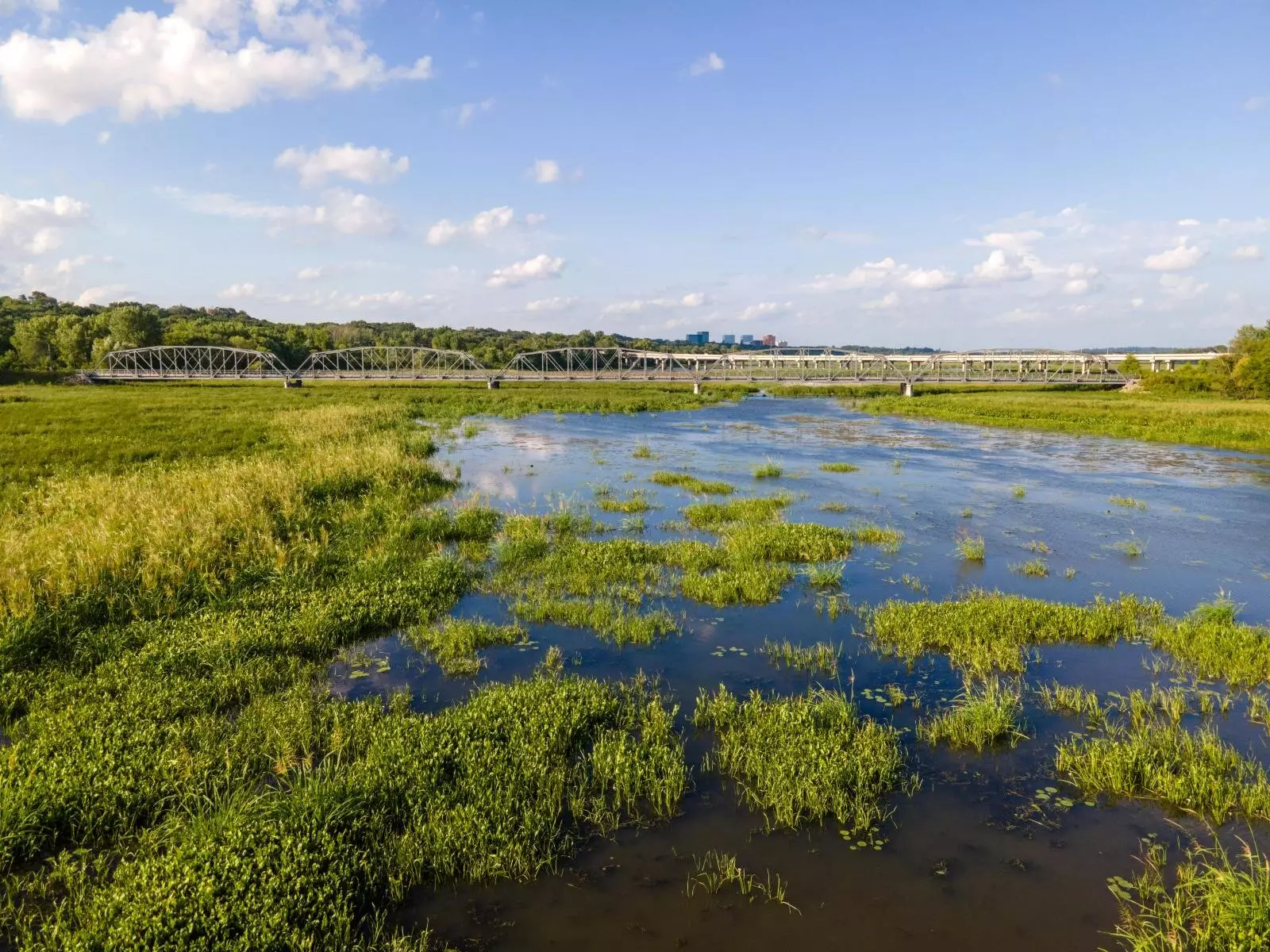In a time when climate change insights are more critical than ever, Earth System Models (ESMs) must be scrutinized for their effectiveness, particularly in representing the delicate hydrology of wetlands. Conventional models, despite their intricate designs, often oversimplify wetland dynamics, leading to surrounding uncertainties in their predictive capabilities. The recent research from the Pacific Northwest National Laboratory (PNNL), Lawrence Berkeley National Laboratory, and the University of Michigan shines a much-needed light on this issue, revealing both the gaps in previous methodologies and the steps forward in creating more comprehensive models.
Innovative Approaches to Simulation
The study illustrated a significant leap in the methodology of wetland simulation by integrating advanced physical mechanisms that reflect the complexities of inundation dynamics. Utilizing a cutting-edge ESM that encompasses varied climate scenarios allows researchers to project plausible future states of wetlands, while taking into account critical environmental factors that govern their dynamics. This refined model not only enhances the fidelity of projections but also validates its findings against satellite observations, a key step in bridging theory with observable reality.
Impacts of Climate Change on Wetlands
The findings underscore alarming transformations in North American wetland environments, notably under two contrasting climate futures. The anticipated decrease of approximately 10% in annual wetland area under high emissions scenarios signifies a crucial tipping point. What’s even more concerning is the potential fluctuation in spatial and temporal distributions, where certain regions might see changes as severe as ±50%. The shift in the dominant drivers from precipitation to temperature plays a pivotal role, particularly during the summer season when ecosystems struggle under increased drying pressures.
Biodiversity at Risk
These projected changes in wetland seasonality are not just numbers on a page; they have profound implications for biodiversity in rim habitats such as the upper Mississippi River and the Everglades. Wetlands serve as essential ecosystems providing food, habitat, and water filtration. However, as climatic shifts continue to challenge their integrity, the biodiversity that depends on these environments faces unprecedented threats. This cascade of ecological ramifications highlights an urgent need for robust conservation strategies, which can only be informed by accurate, nuanced climate models.
Cold Regions: The Unseen Crisis
Particularly alarming is the projected shrinkage of wetlands in colder regions driven by a synergistic effect of warmer temperatures and reduced soil ice. Increased infiltration raises questions about the resilience of these vital ecosystems, as established wetland patterns undergo transformation under changing climatic conditions. Such insights are paramount for researchers and policymakers alike, urging immediate action to prioritize emission mitigation strategies and sustainable land management practices.
The Path Forward
This significant research not only calls for a reconsideration of current modeling practices but emphasizes the essential role of emissions reduction in safeguarding wetland ecosystems. The findings advocate for a proactive approach to climate resilience, illuminating the path forward for conservation efforts. By investing in more sophisticated ESMs, we unlock the potential for better-informed climate action, ensuring that the treasures of our wetlands are preserved for generations to come.

